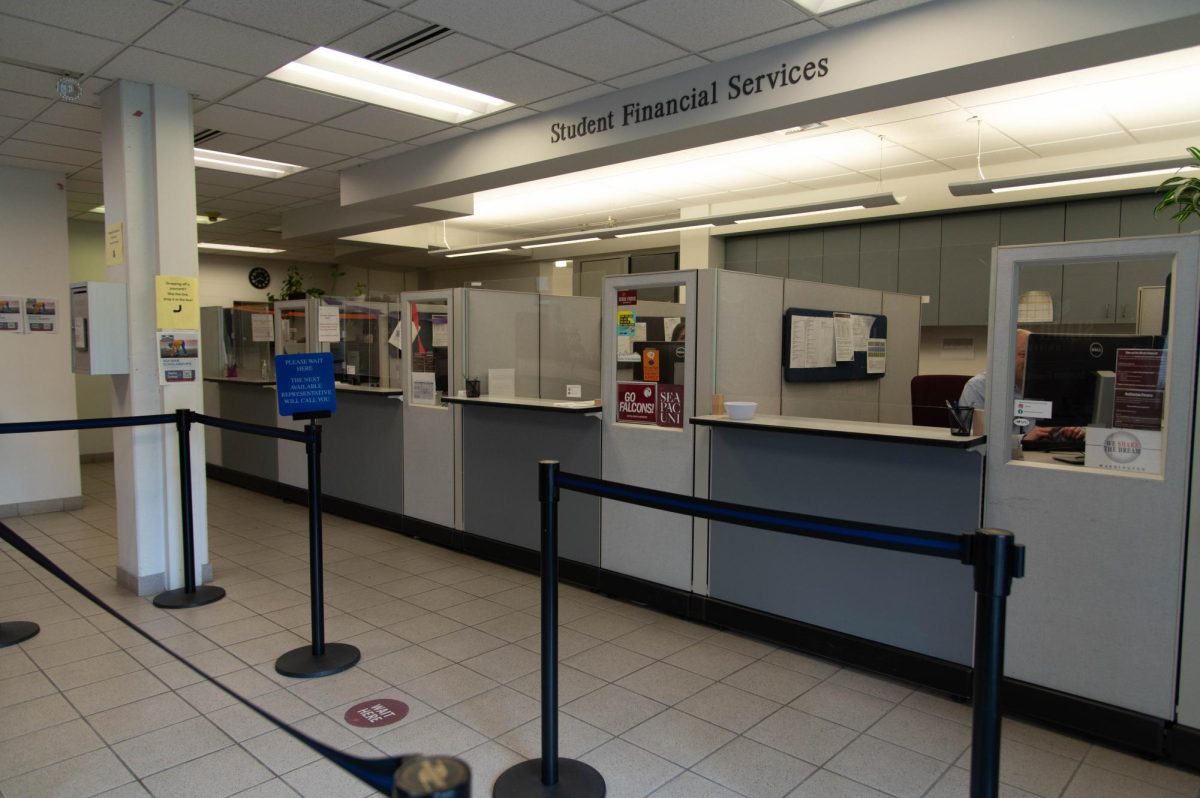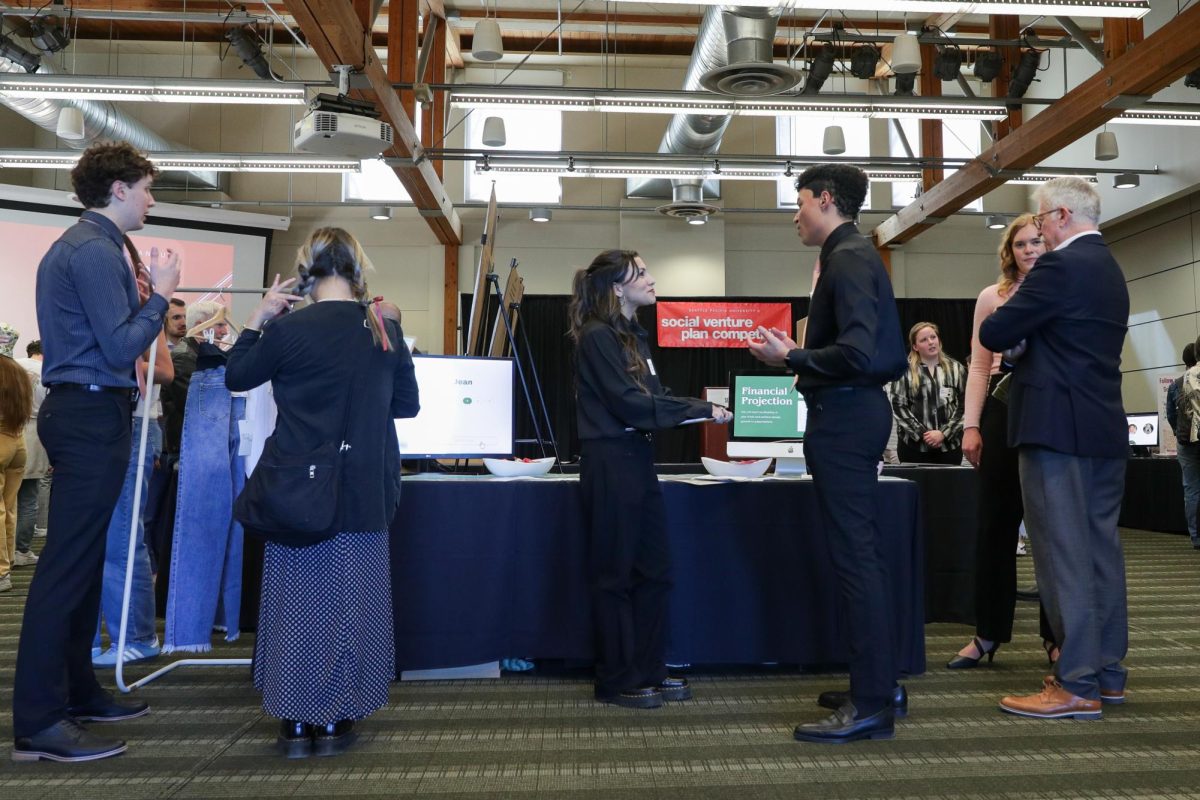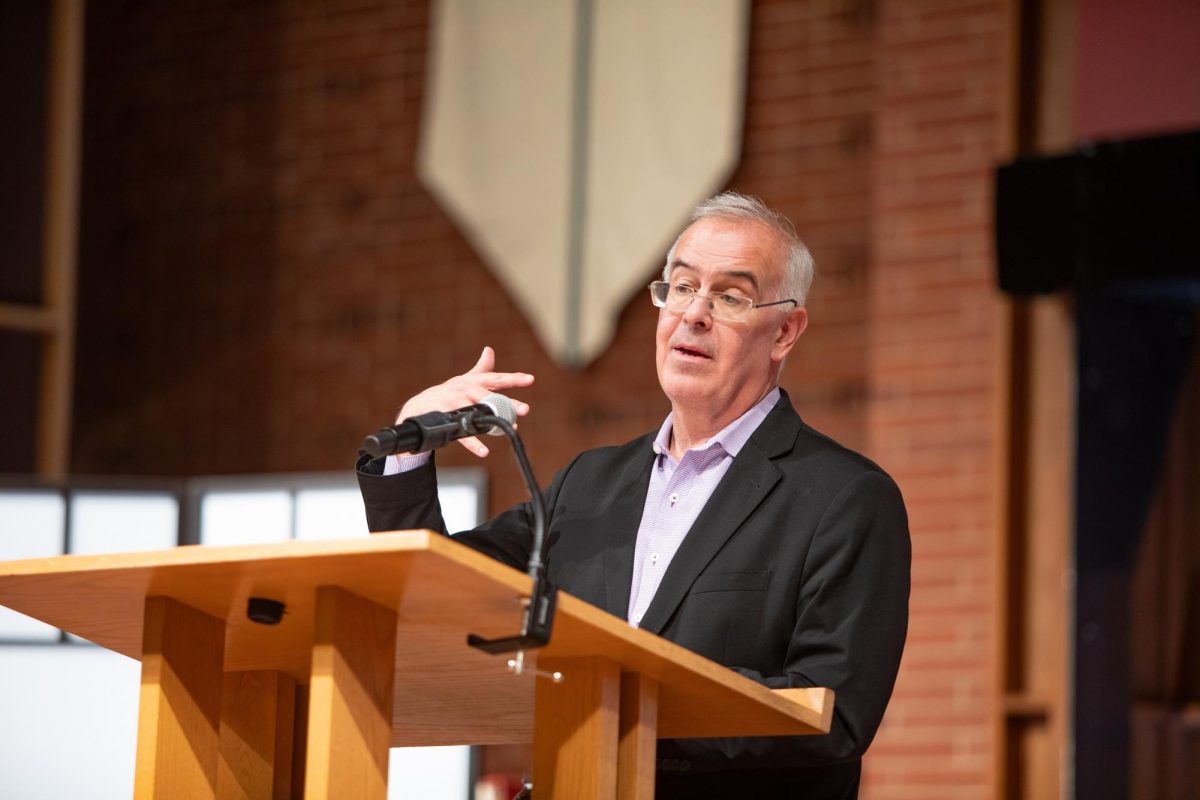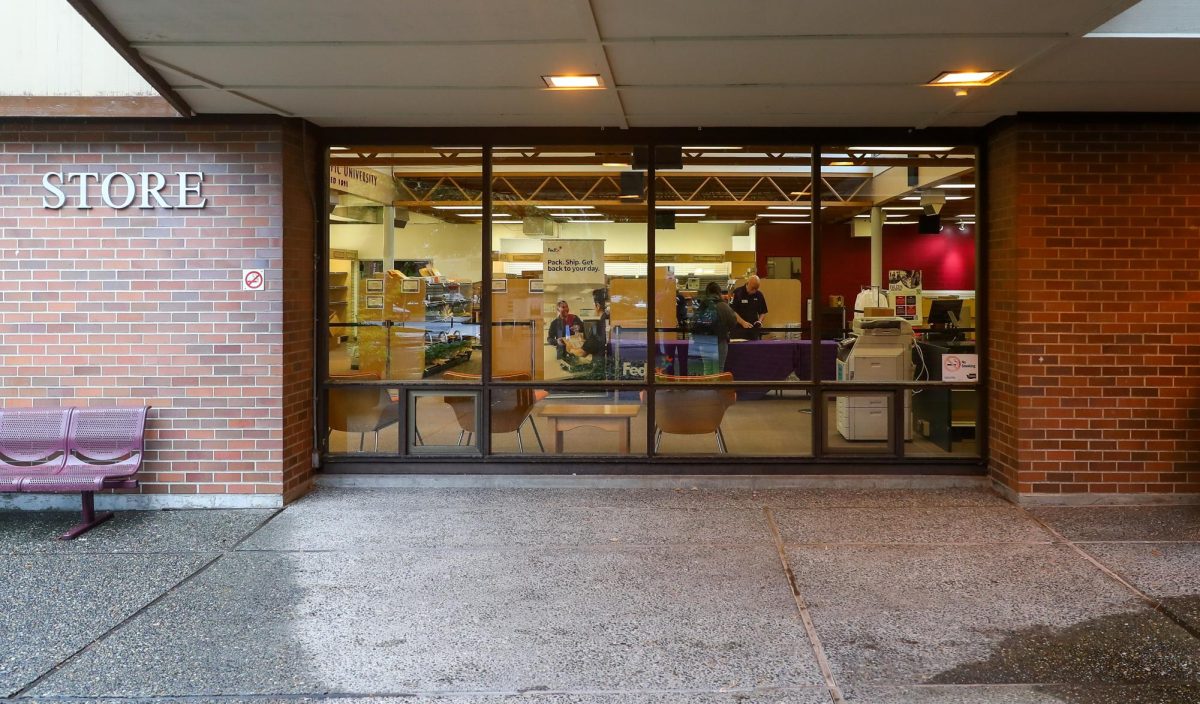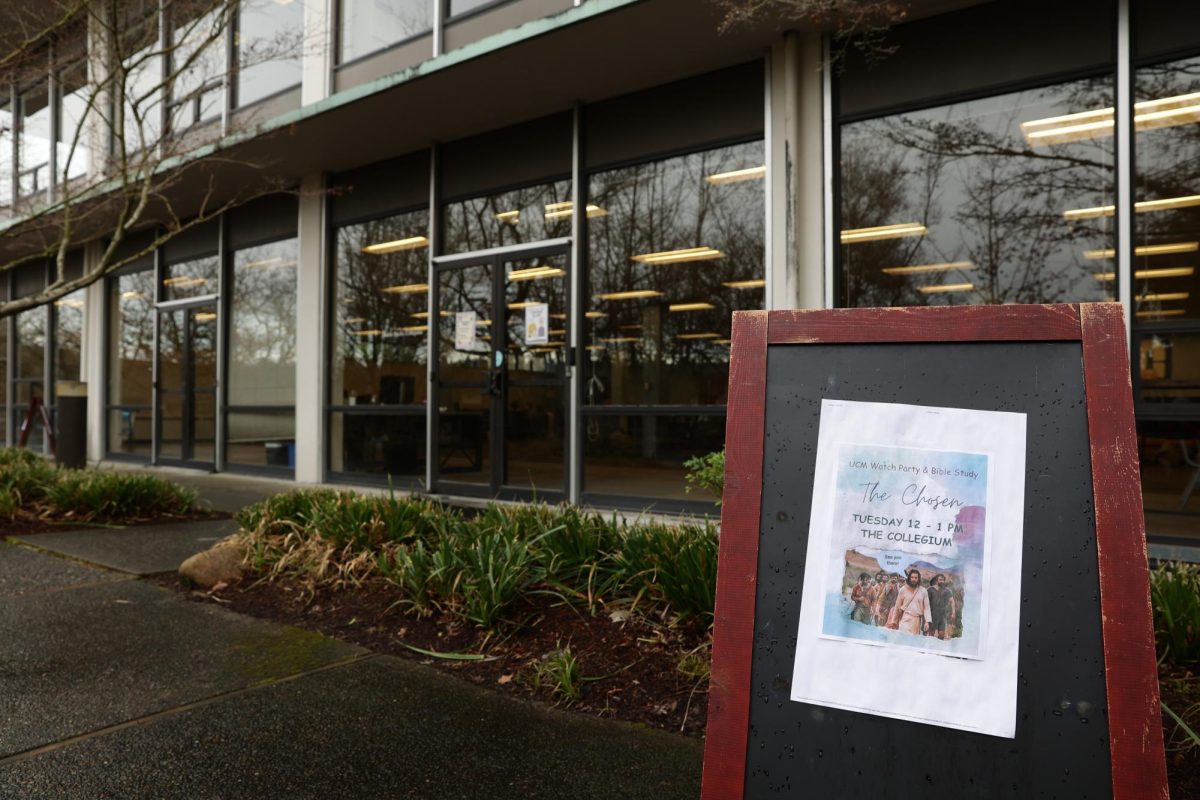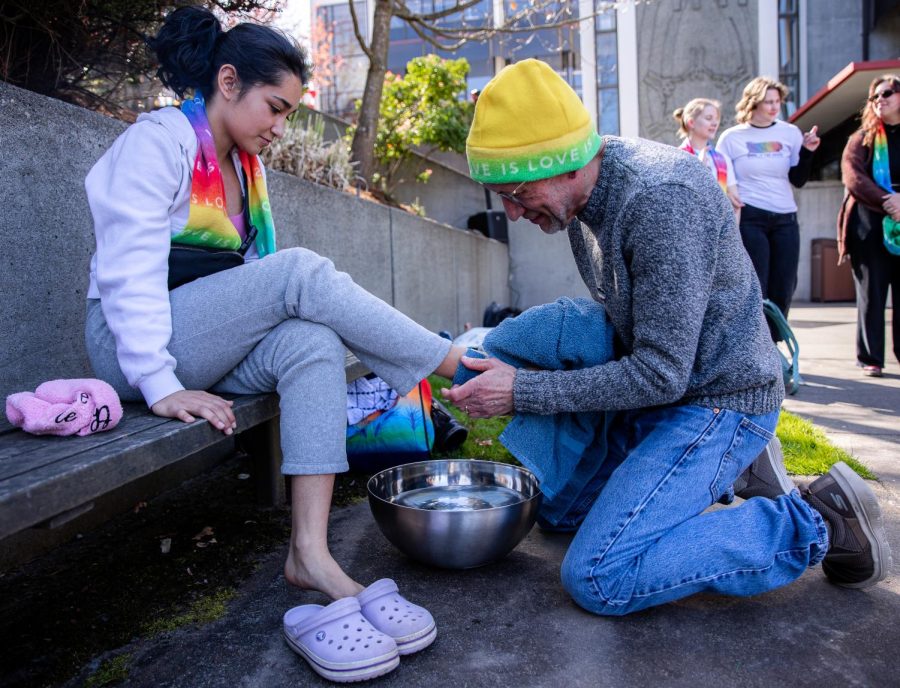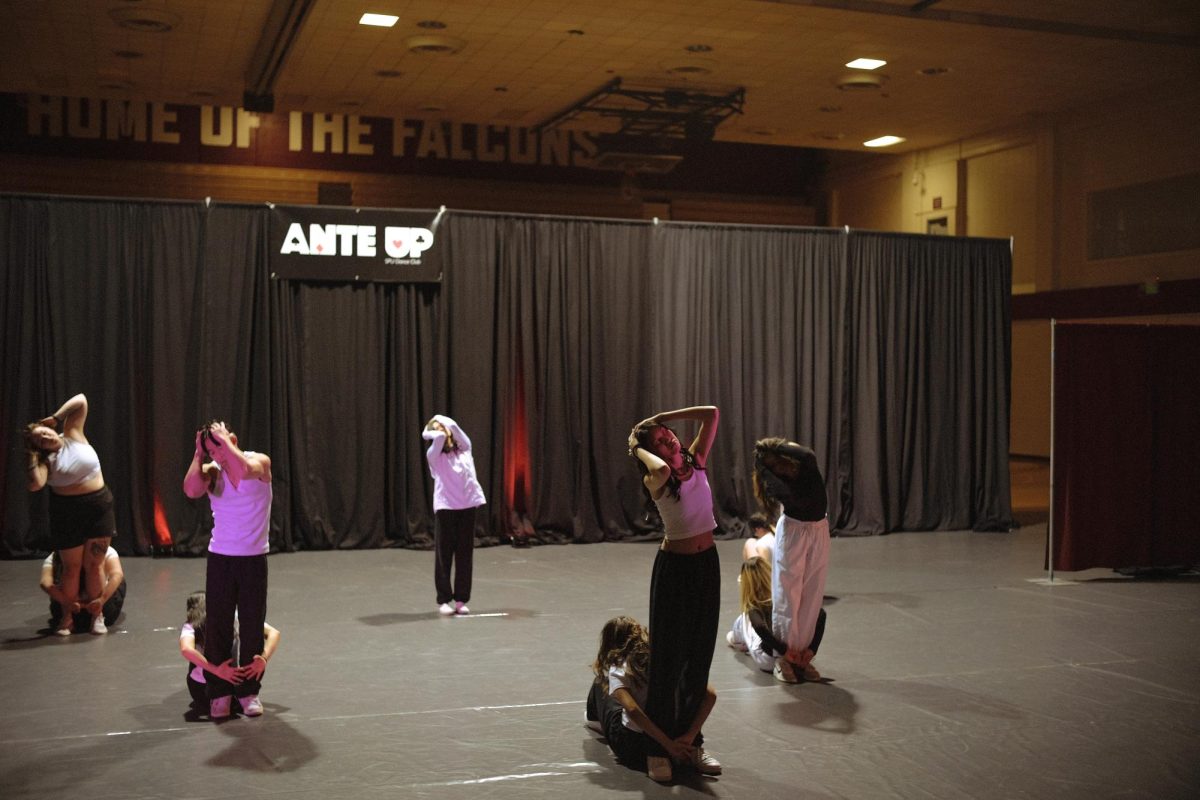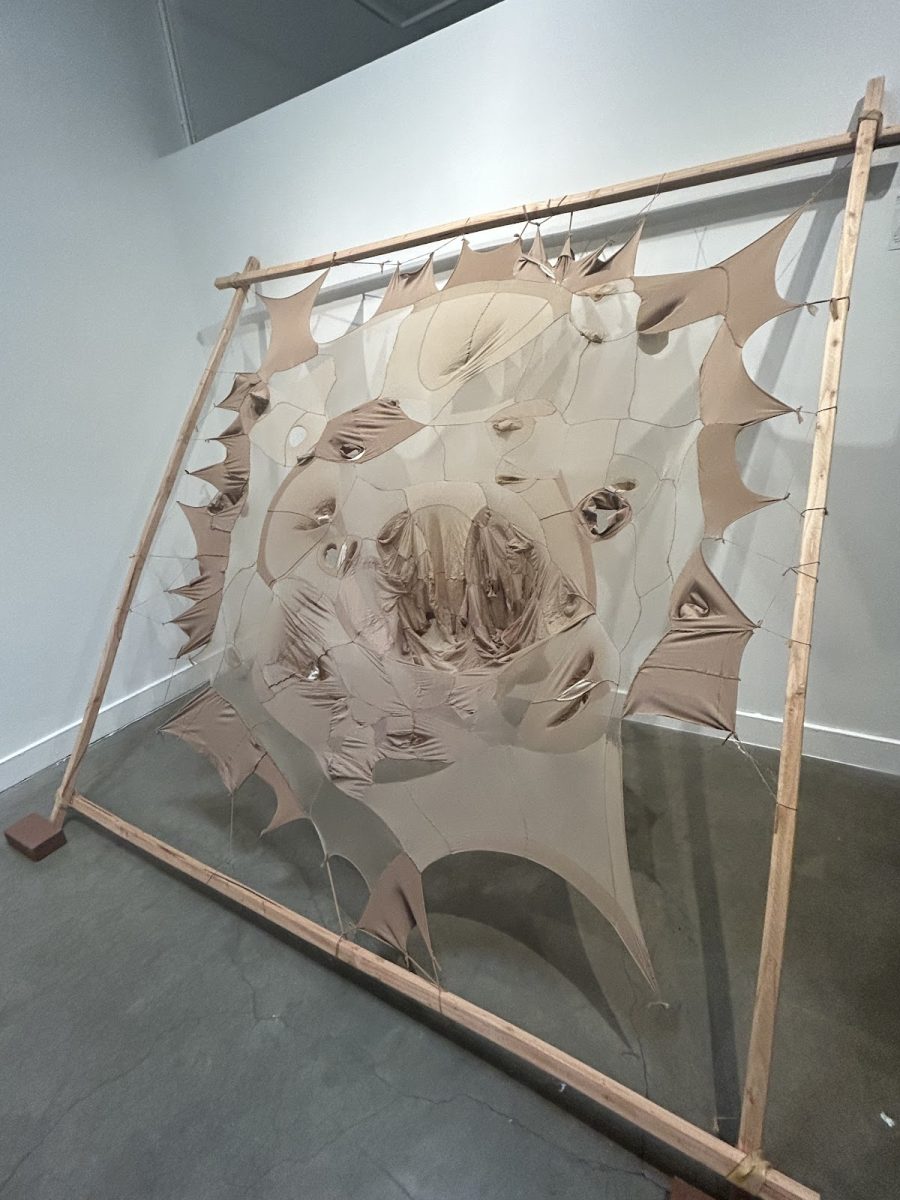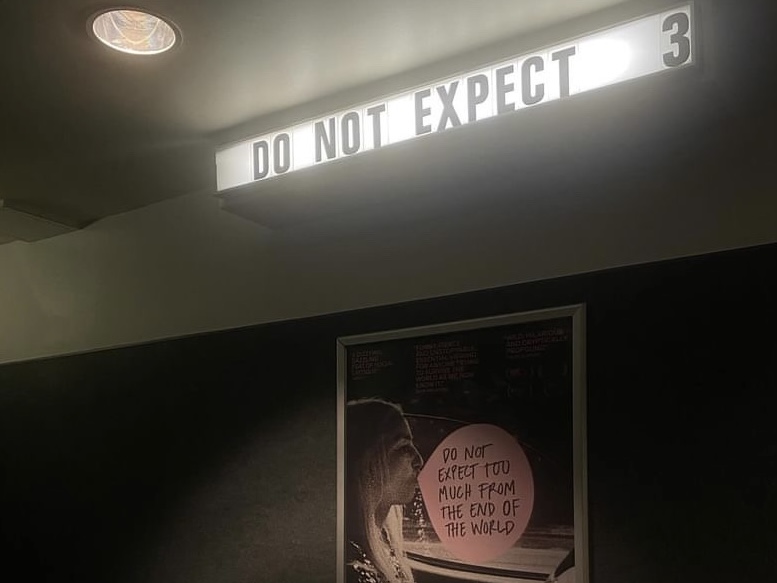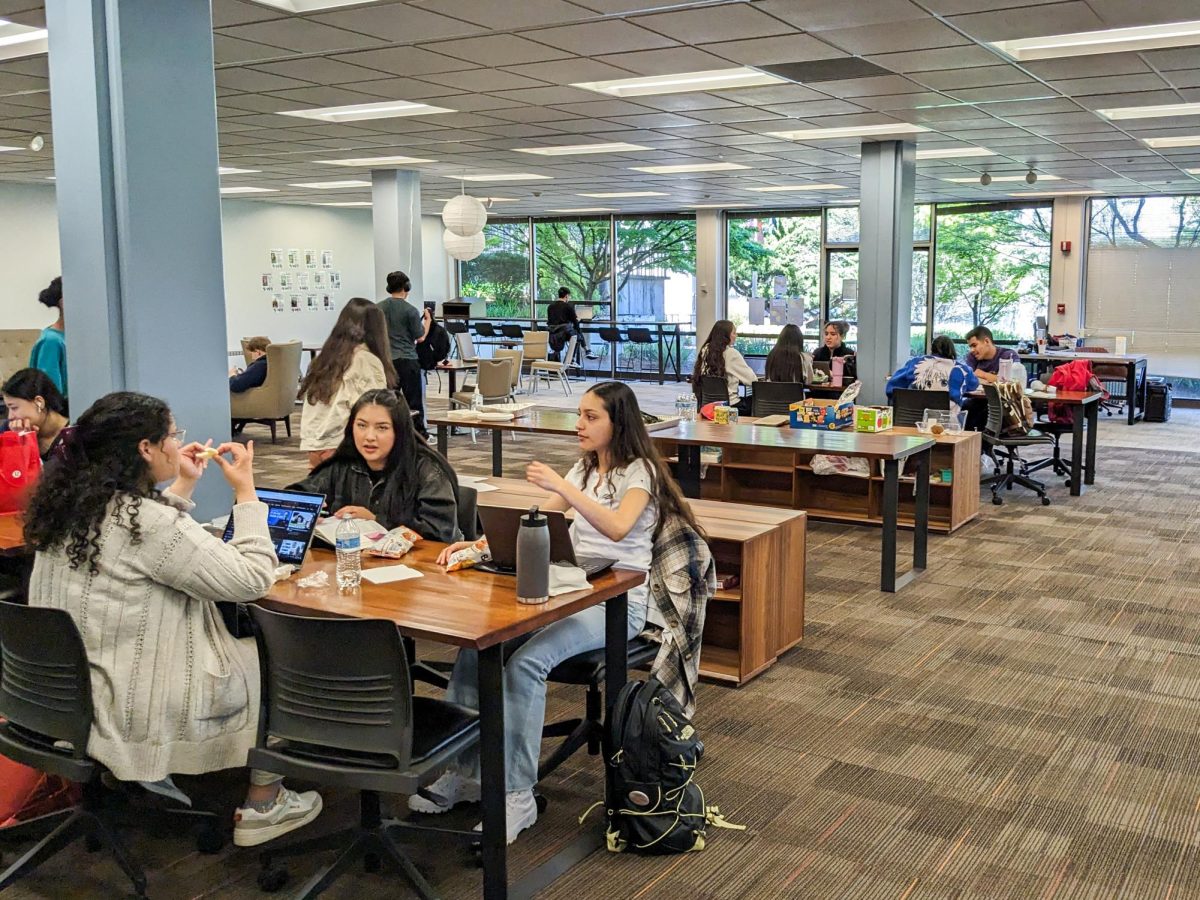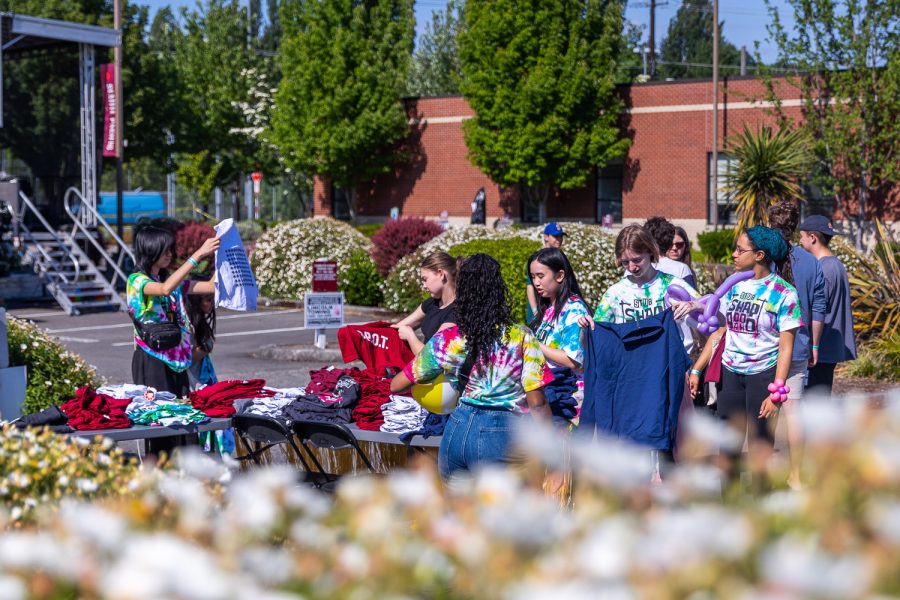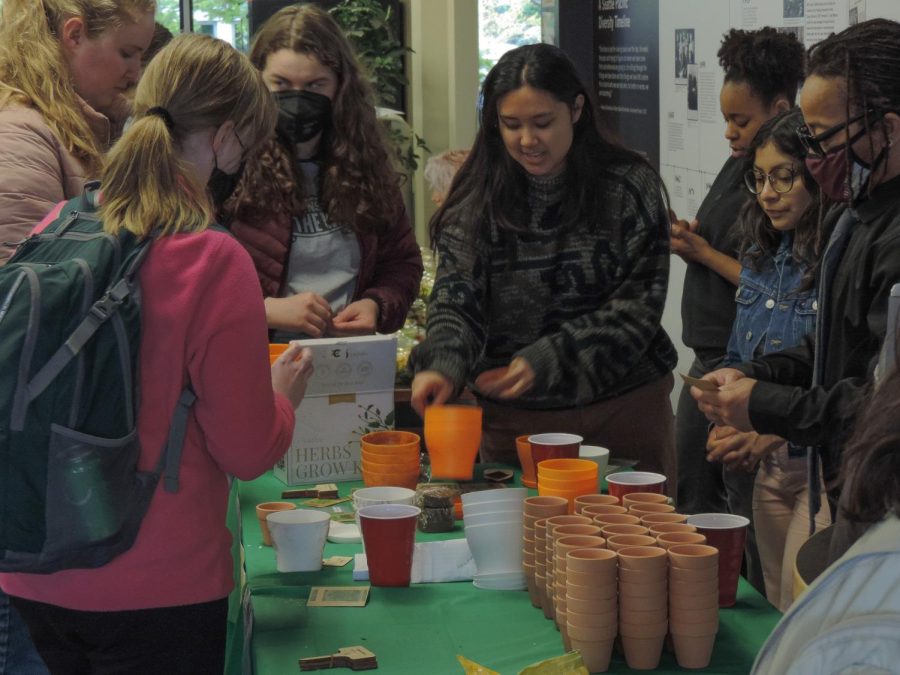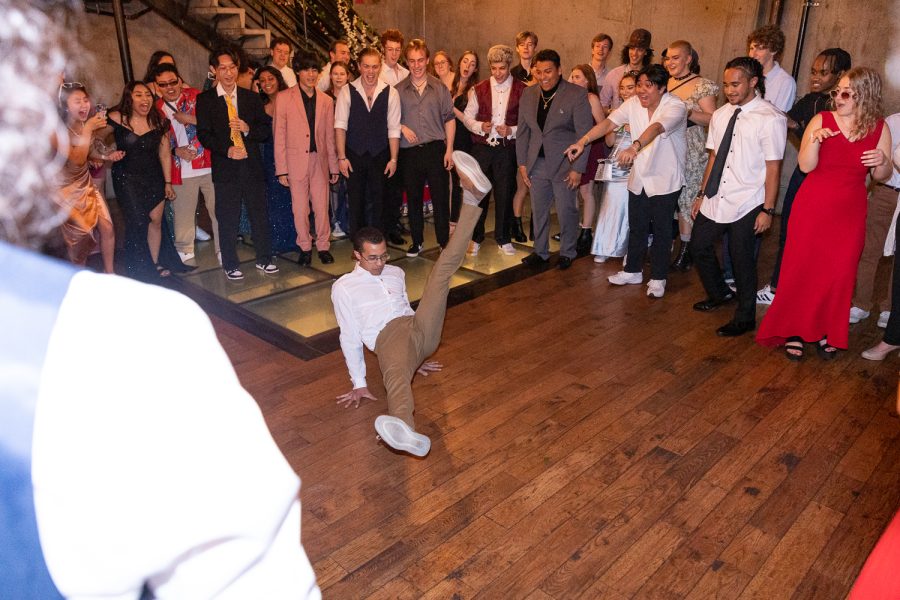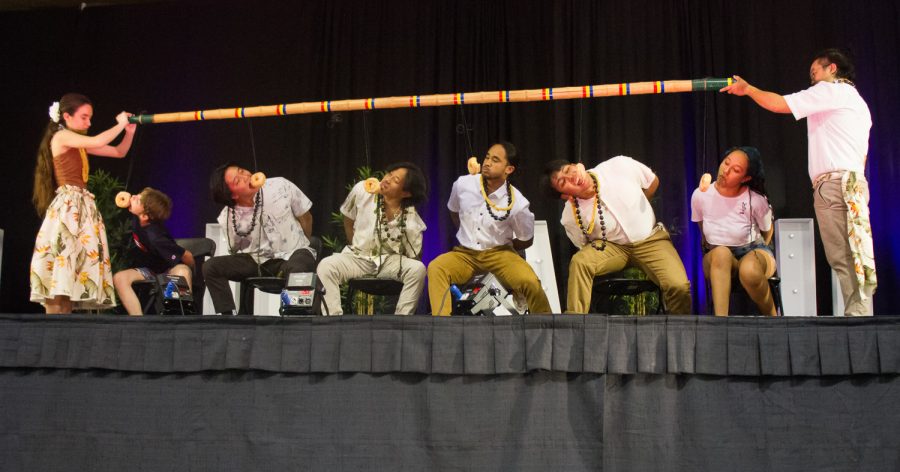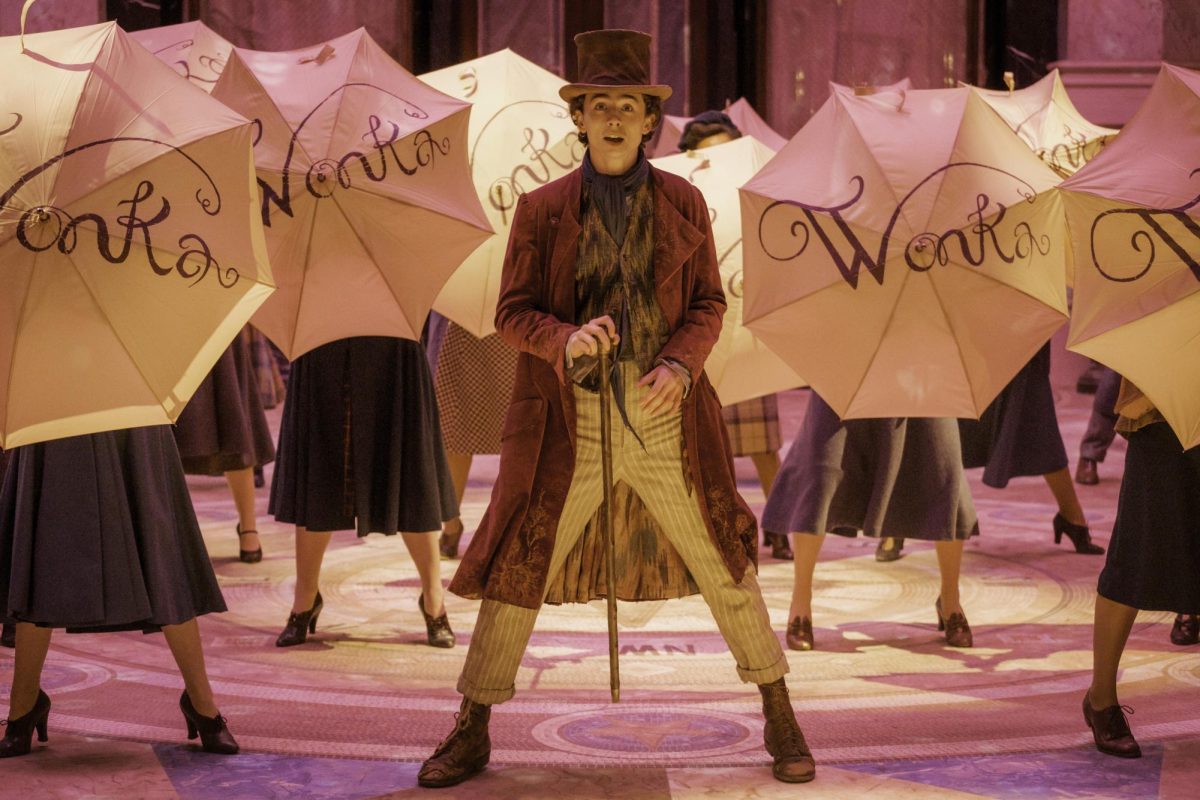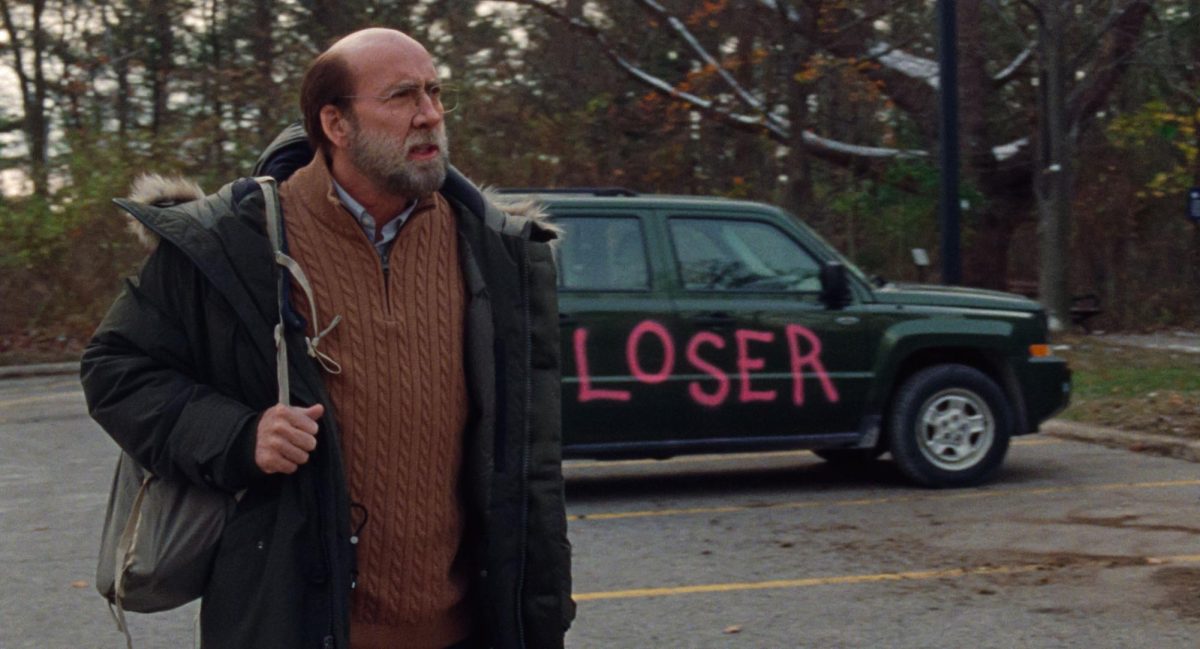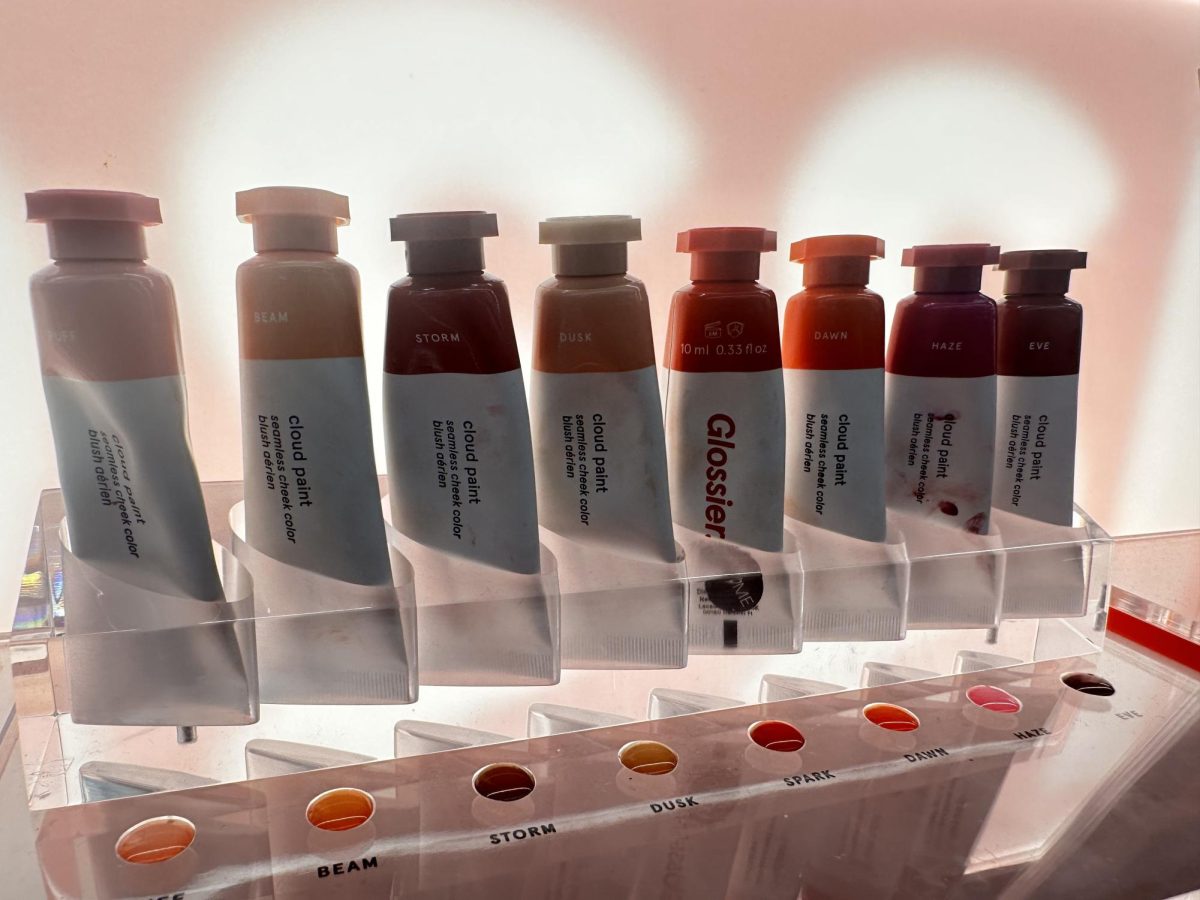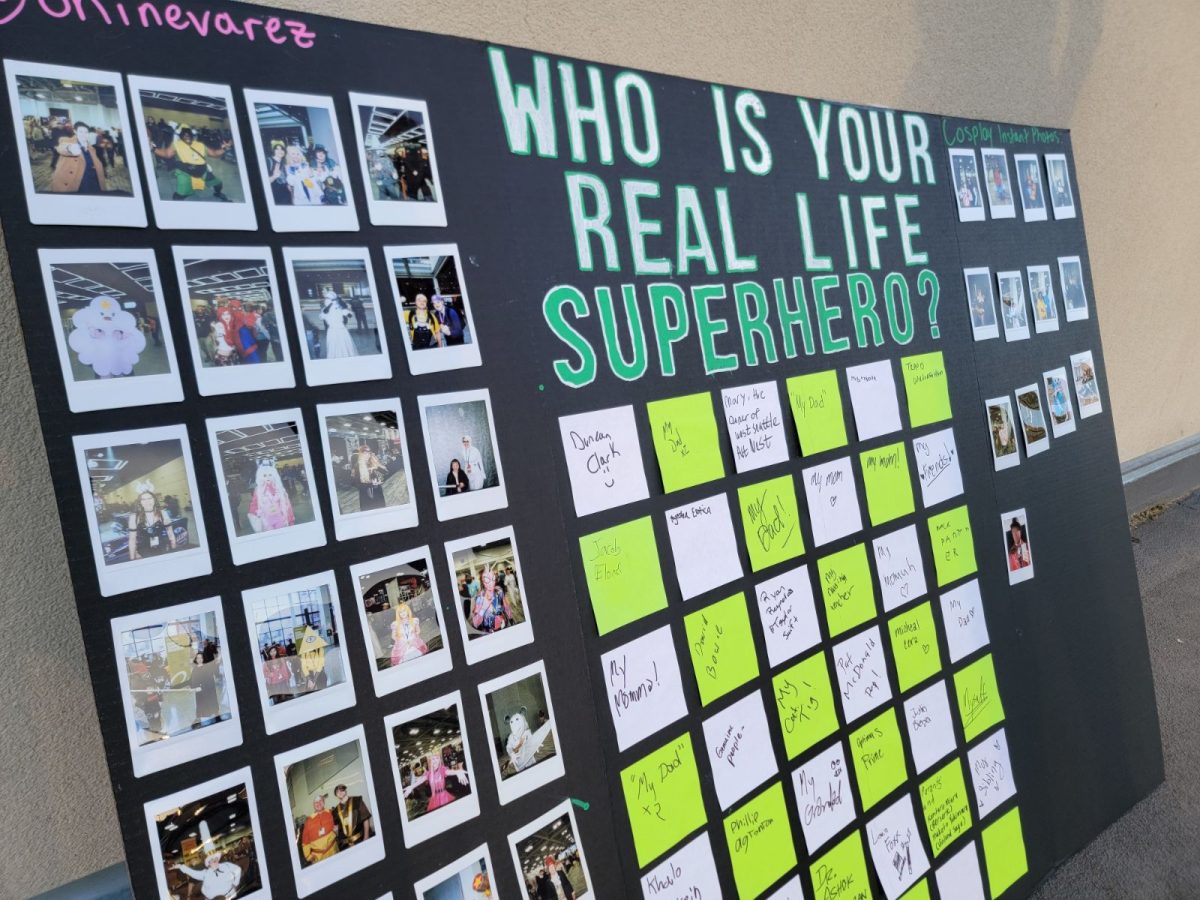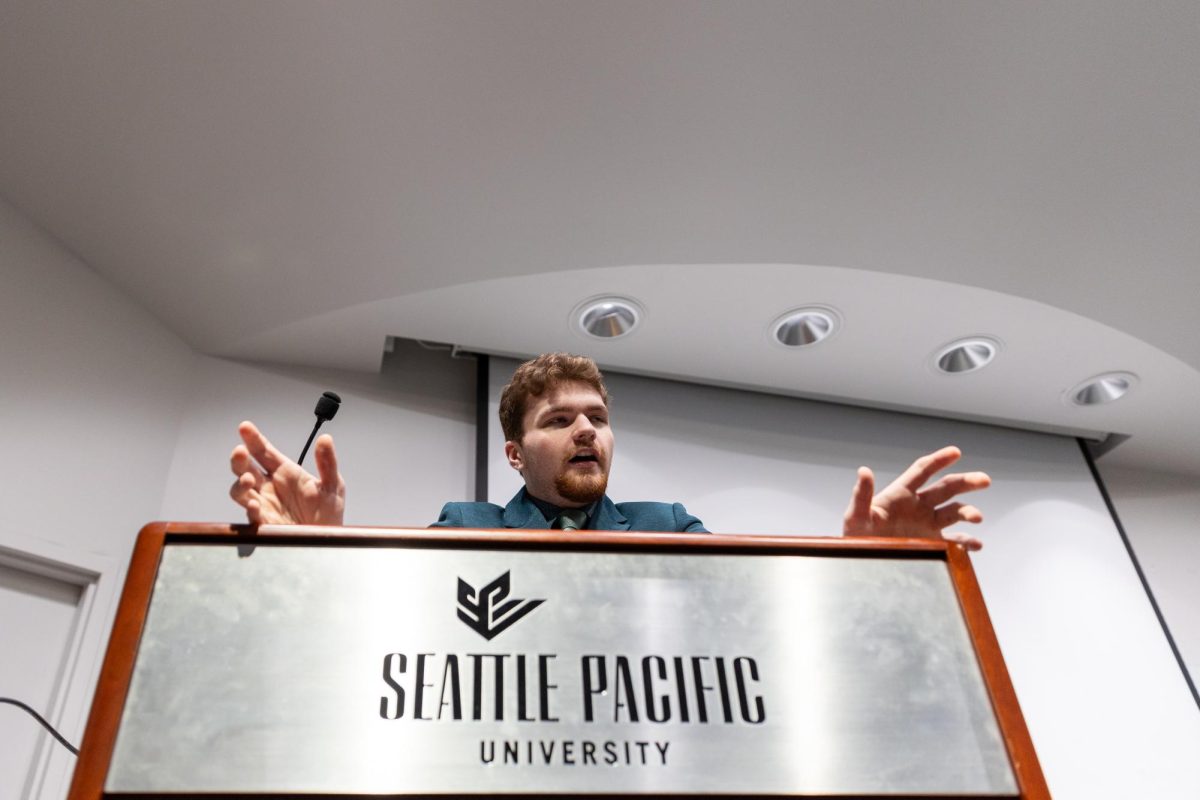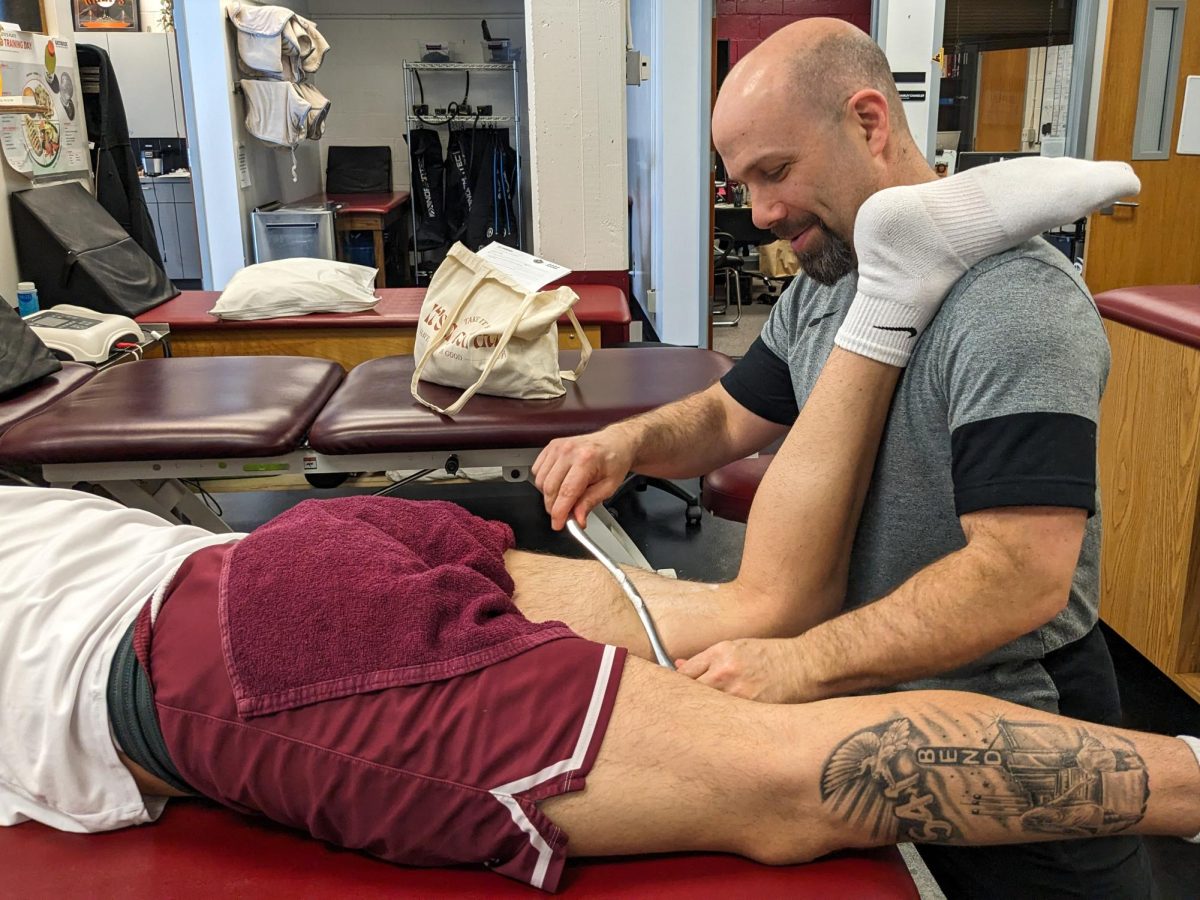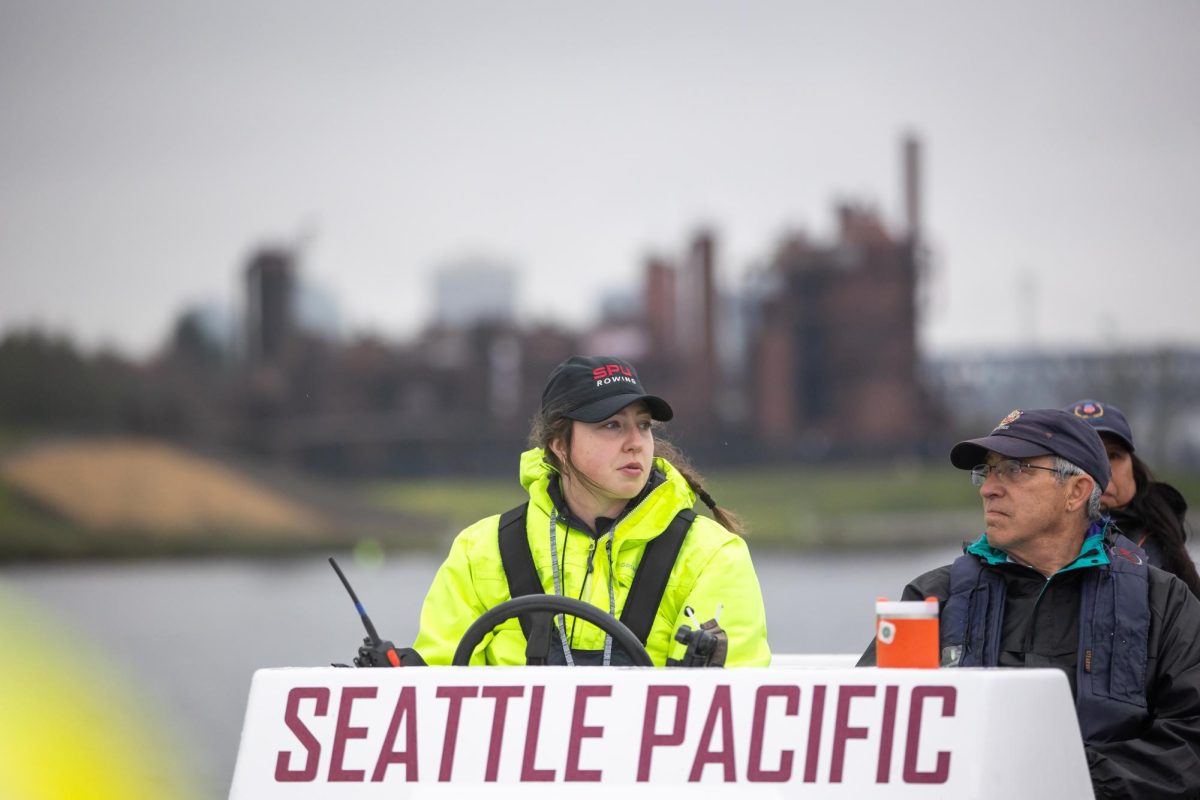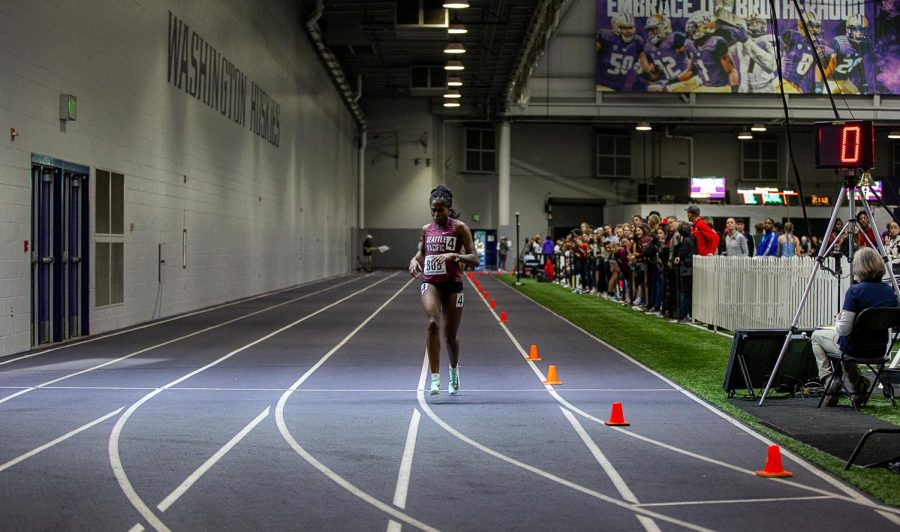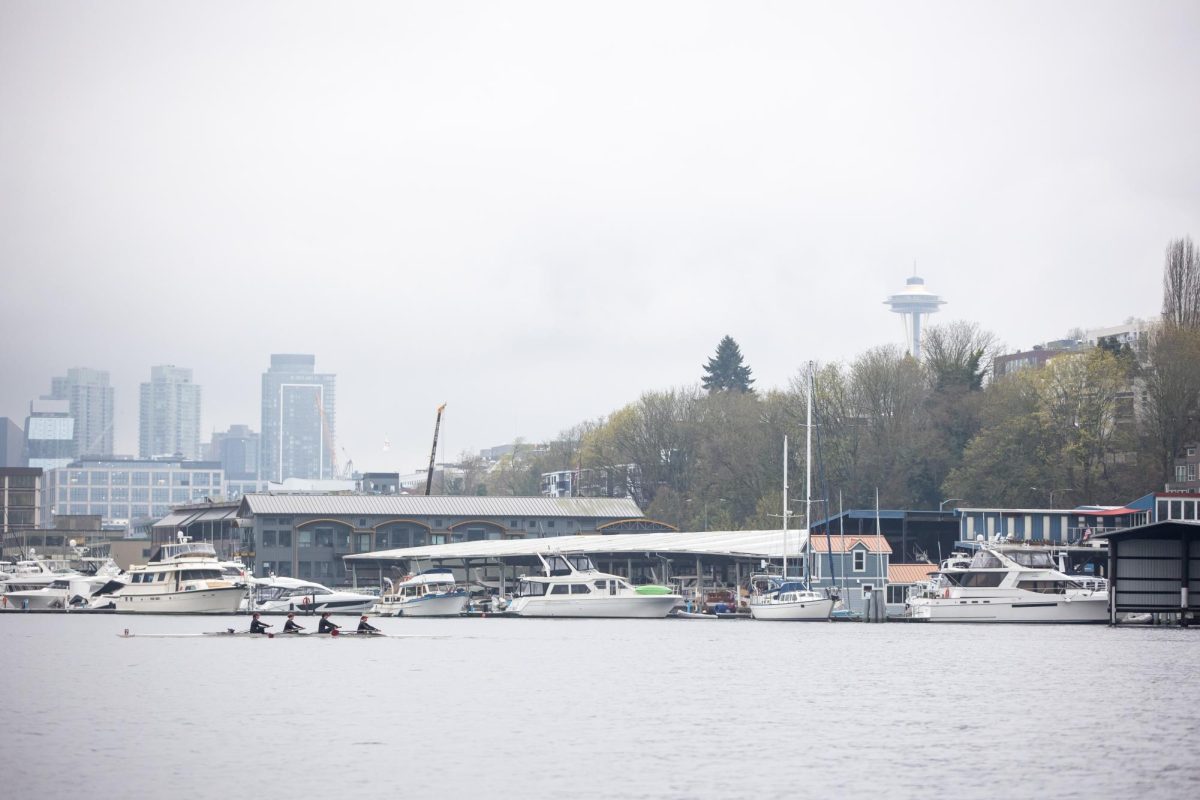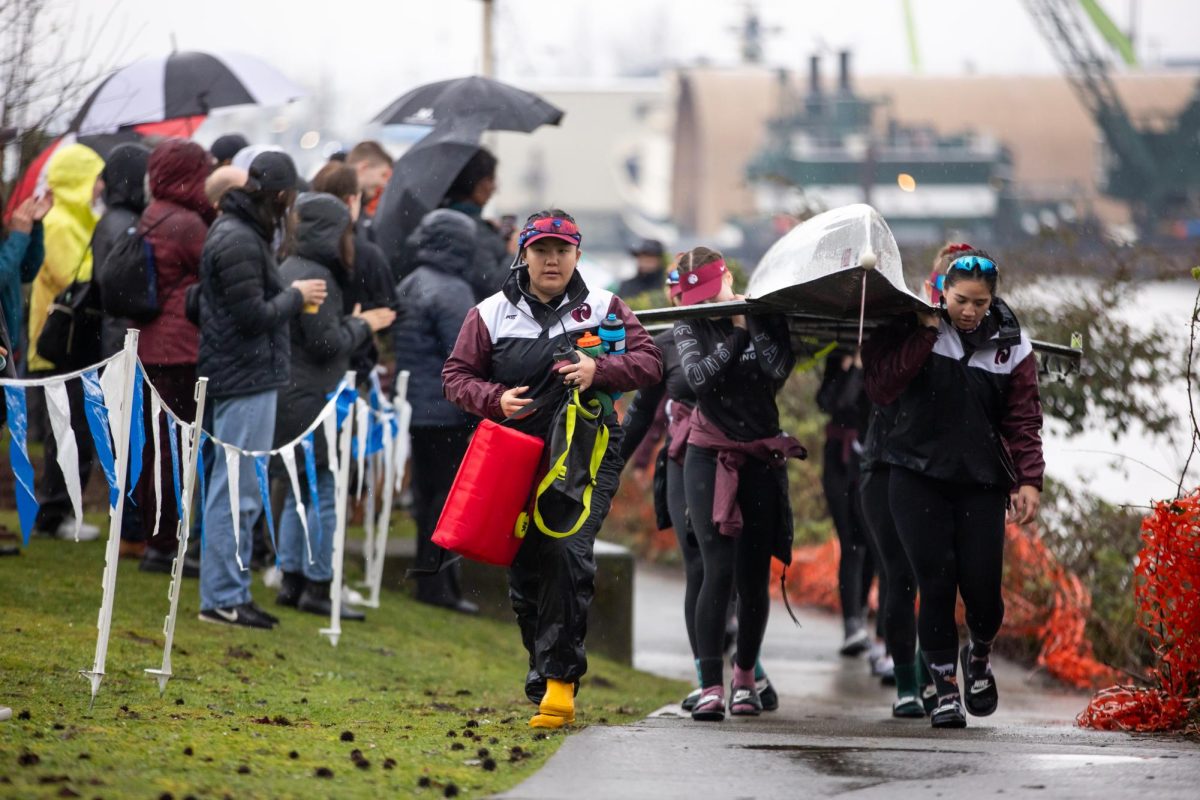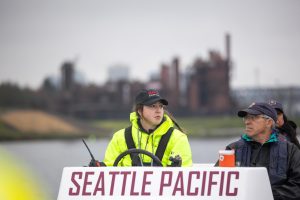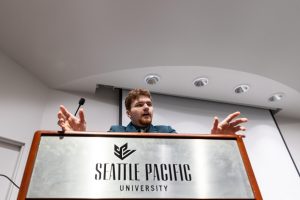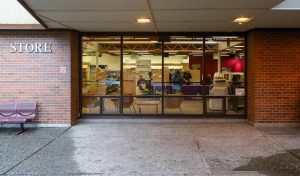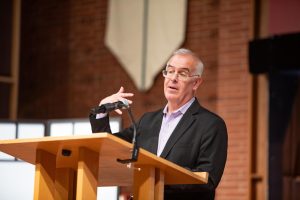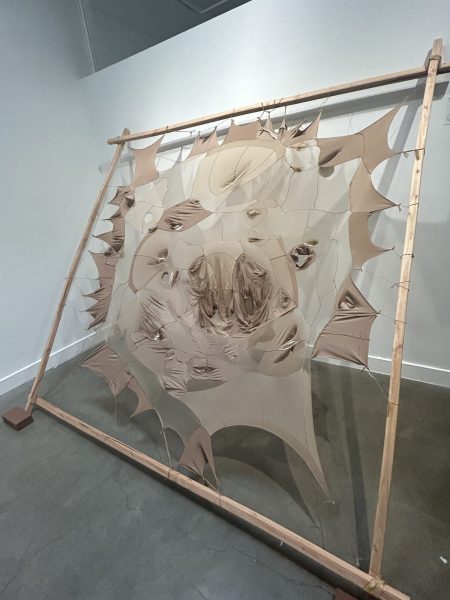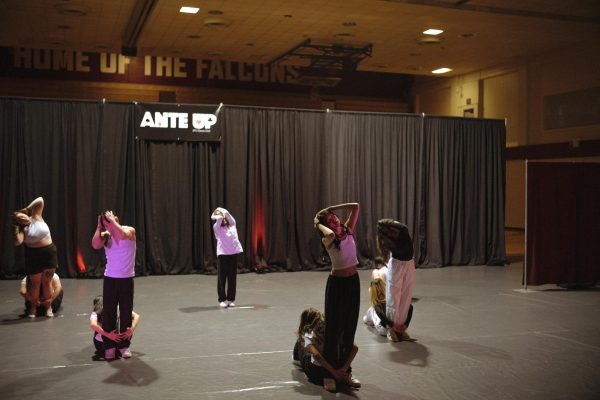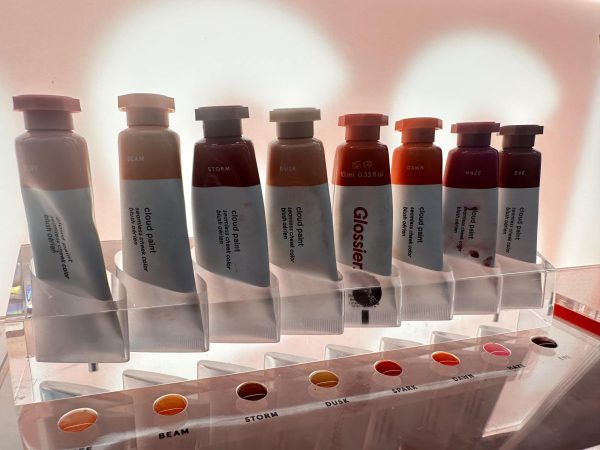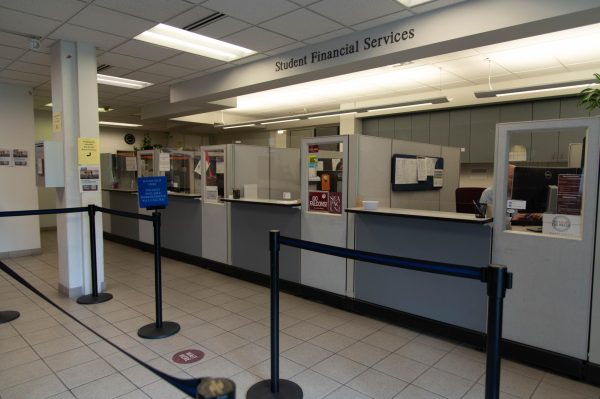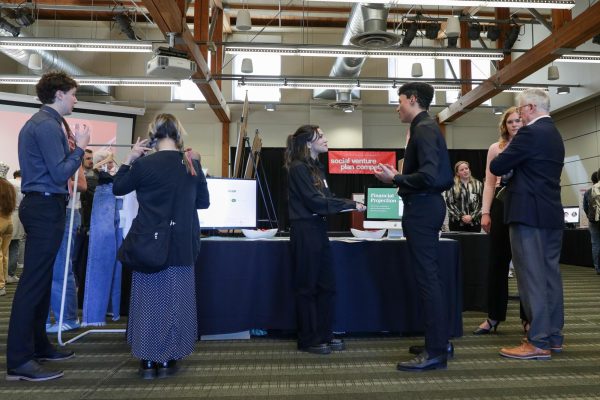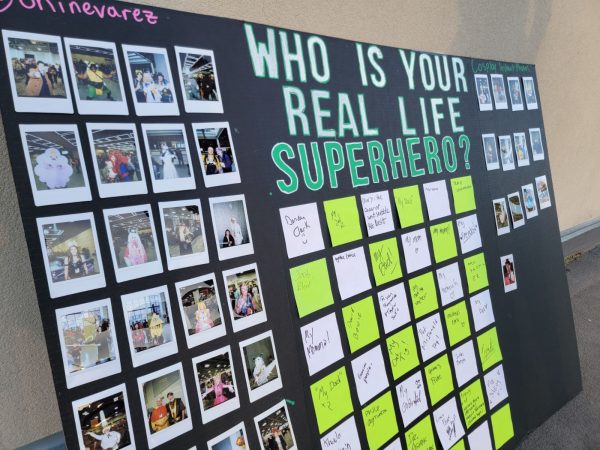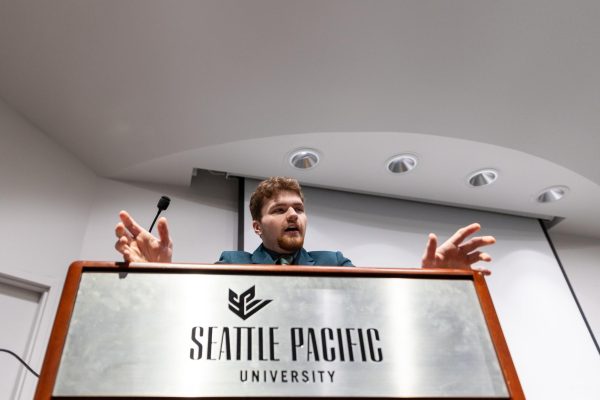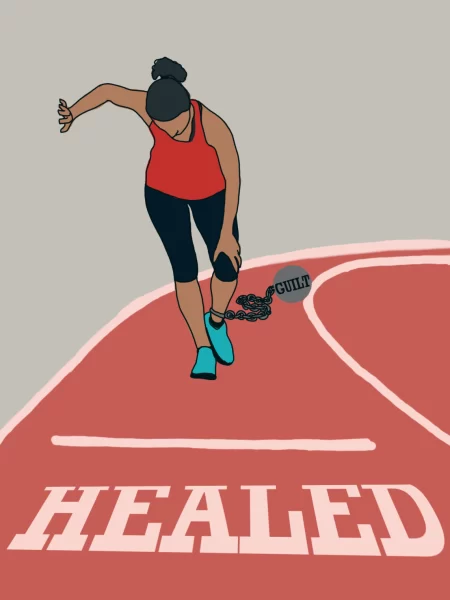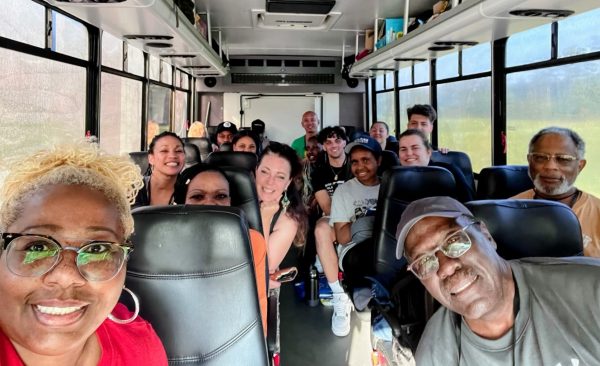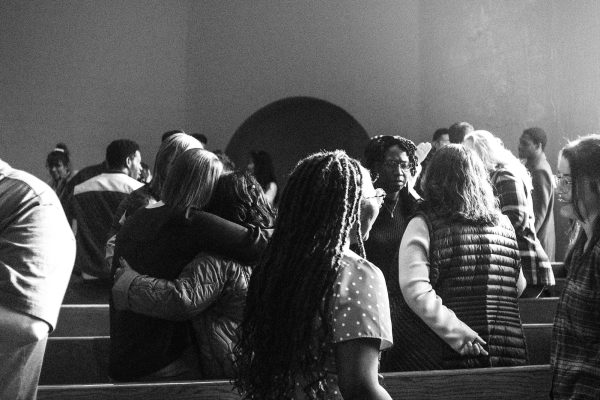Green space is essential to urban living
Natural vegetation can help cities
November 6, 2019
Seattle residents likely know that the origin of the cities nickname “The Emerald City” comes from the Pacific Northwest’s abundance of natural life. Seattle is different from many urban areas in that it has trees everywhere. Residential areas around the city boast canopies that beautify and actively cool living spaces. But like most cities, Seattle is developing more and more every year. This means a rough road ahead for most of Seattle’s tree population.
For many developers — and to the dismay of Seattlites — trees must go if property is to be developed. According to the Downtown Seattle Association, in 2018, 3,780 residential projects were completed. This year, there are 3,535 residential projects currently under construction from Northgate to south of downtown (SoDo). If we want more space for residences, we must give up space that would otherwise be used to house .
If a property is not used, is dilapidated or if the previous tenant could not support themselves, the property is at a higher risk of being developed or redeveloped. In Seattle’s current real estate market, there is almost no stopping developers. With more land being used for property development, less land is available for trees and vegetation to counterbalance the urban .
This has dire implications for lower income neighborhoods and the global climate crisis.
Within the past two decades, focus on this crisis has led many experts to highlight the dangers that summer weather poses. Summers will increasingly get warmer and more dangerous as years go by due to climate change.
In 2003, one of Europe’s deadliest heat waves killed 15,000 people in France alone. A total of 70,000 people across Europe died as a result of excessive heat that summer, according to a Washington Post article written by Richard C. Keller, titled “Europe’s killer heat waves are a new norm. The death rates shouldn’t be.”
This was 17 years ago, and global temperatures have been increasing since. Unless Seattle wants to suffer a similar fate, something needs to be done.
Green space has the potential to provide healthier environments to urban residents.
The residential areas in Queen Anne serve as a great example. During the spring and summer, natural canopies over residential areas can decrease summer temperatures and chances for heat stroke. According to a North Carolina State University study, a well-placed evergreen tree can prevent sound pollution by up to 40%. Green space also provides a stress-relieving effect, according to a study by the University of Washington’s Urban Forestry/Urban Greening Research group. For areas like Queen Anne, residents will be safer and healthier.
But there’s a catch when green space is introduced to urban spaces.
As a general rule, the more trees and vegetation an area has, the higher the property value is. Therefore, lower income families and individuals will more likely live in areas that will not have green space or have trees to provide temperature and health benefits. This puts lower income neighborhoods at a higher risk of heat stroke and a more stressful lifestyle.
This puts these families and individuals at significant risk as the global climate warms. As income is tied to ethnicity, gender and class, the disparity in green space between higher and lower income areas becomes an issue of discrimination and class conflict.
Seattle is quite literally in the green, as it is ranked as one of the world’s top tree-canopied cities, according to Business Insider. Locations such as Discovery Park and Greenlake Park offer Seattle residents opportunities to relax. Additionally, as of the 2019 Washington General Election, an extension of a tax with the purpose to fund green space was approved.
Nevertheless, locations like France and others around the world are beginning to feel the fatal consequences of climate change. Preserving and incorporating green space into urban and residential areas should be a global priority.

